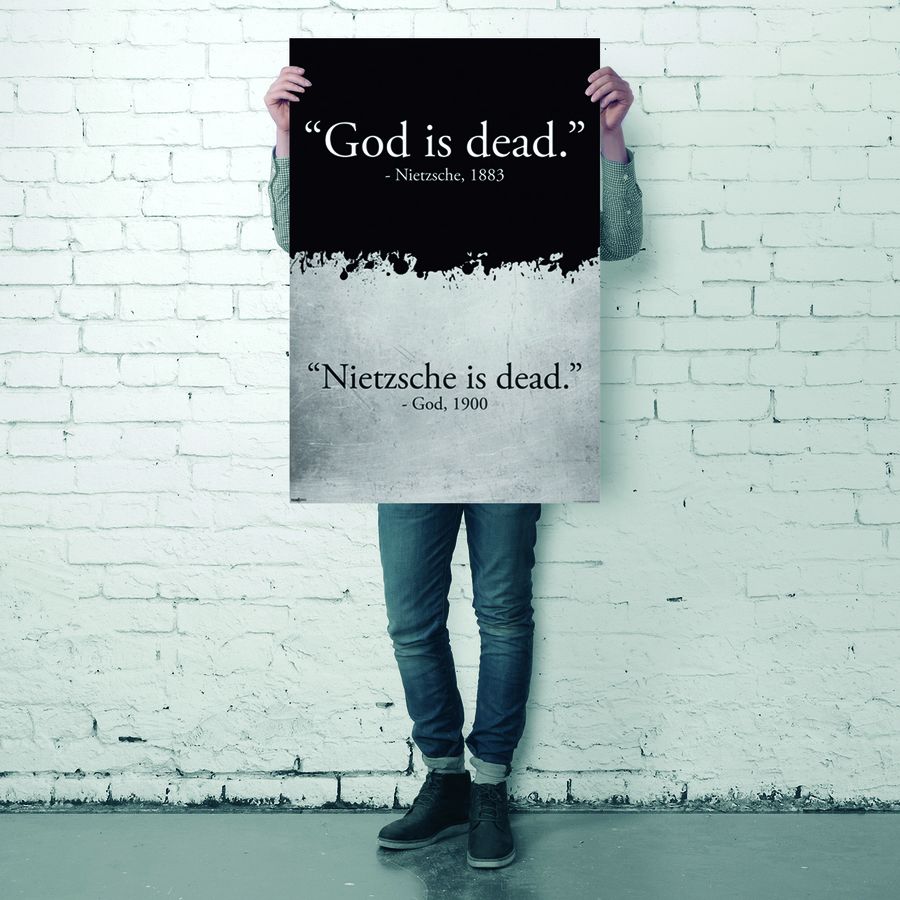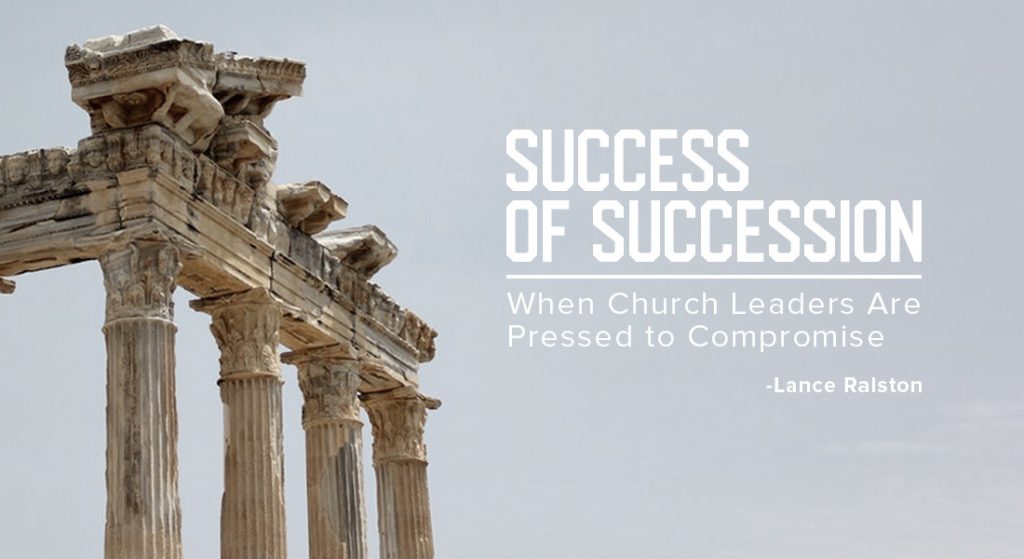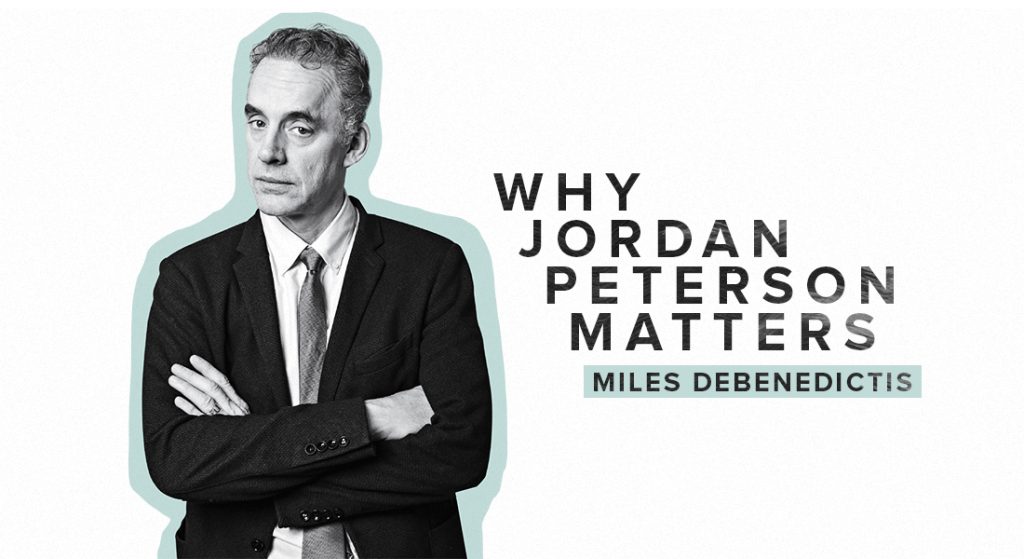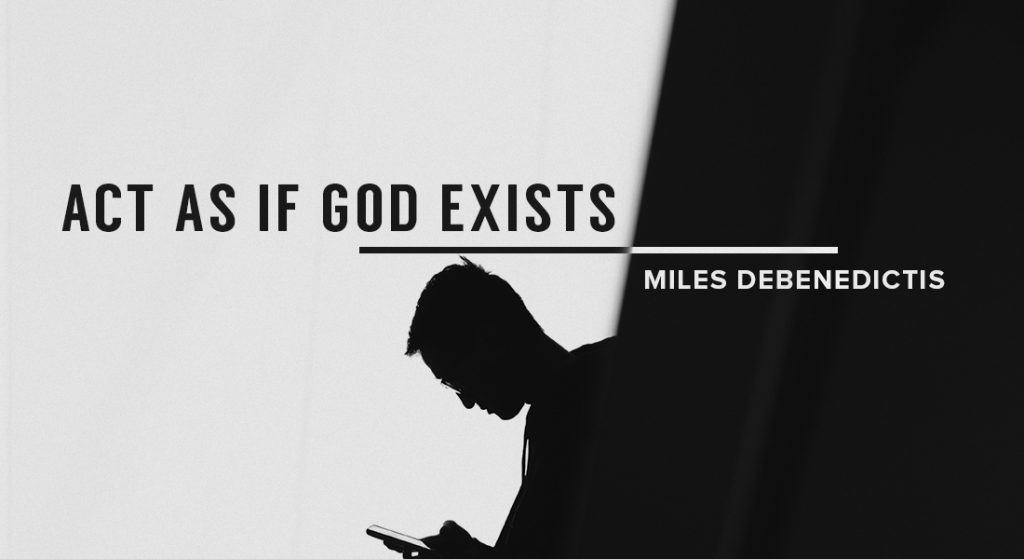“Whither is God?” he cried; “I will tell you. We have killed him—you and I. All of us are his murderers … God is dead. God remains dead. And we have killed him.”
– Friedrich Nietzsche
You’re going through the motions,
The days pass in a blur.
Not sure you’re making progress
Though you’re not who you once were.
You then drift a little further
And the days turn into years
And slowly, you’re left wondering
How on earth did I get here?
– Ms Moem
In bold red letters on a bleak black backdrop, the April 8, 1966 Time Magazine cover read “Is God Dead?” The stark, imageless cover invited more criticism than the article itself, in which religion editor John T. Elson discussed the growing mid-century challenge of grasping and understanding the divine in an increasingly secularized world. Drawing from protestant and catholic theologians, theistic and atheistic professors, philosophers, anthropologists, laymen, and women, Time struck a nerve by asking a question that shook a relatively religious demographic. Perhaps the cold reception of Times’ piece indicated that their editors struck the bell slightly early; like the Madman in Nietzsche’s tale, they’d “come too early.”
Research in the early 1960s revealed that 97% of Americans “believed in God” (Time, p. 82). More than 44% of the 120 million who claimed religious affiliation (62% of the US at the time) “attended church services weekly” (Time, p. 82). But as Bob Dylan so aptly sang it two years prior, times were “a-changin’.” The monumental industrial, technological, scientific, philosophical, and political upheavals from the mid-1800s through the 1960s unleashed massive cultural forces that were shaking society with increasing magnitude and frequency. Though utopian expectations had been high at the beginning of the twentieth century, two World Wars, the rise of the Cold War, the Korean War, and an escalating war in Vietnam were wearing on the populace. Institutional and political trust was wavering following political protests, civil rights riots, and a presidential assassination two-and-a-half years earlier.
By the mid-1960s, the anti-war movement was gaining steam, and while the Time Magazine demographic (those 40 and up) may have been shaken by the notion of the death of God, everyone else, especially among the up-and-coming Baby Boomer youth, was vibing with Timothy Leary, whose monotone voice was calling individuals to “Turn on, tune in, drop out.” It is no wonder that a cultural tsunami was on the horizon, threatening to wash away the remnants of the remembrance of religion and God. However, the monolith of traditional Christianity in America would not be easily overcome by the rising tide of revolutionary skepticism and relativism.
The initial Baby Boom surge would have made it seem as though Christianity would be inundated and destroyed. But after a little more than a decade of psychedelic haze and sexual promiscuity, the revolutionary, “me-centric,” and individualistic Baby Boomer youth split into two cohorts. The first, more atheistic segment, continued down the expected path of progressive ideology. But the second rebounded to a reinvented Protestant church in the late 1970s.
The religious and eventually conservative wing of Baby Boomers fueled a consumeristic brand of Christianity, which, in time, bred a Church marked by a “moralistic therapeutic deism.” The progressive liberal wing of the Baby Boomers took over academic institutions en-masse and many corporate and media powerhouses as well. During their prime (in their 30s, 40s, and early 50s), these two cohorts battled in the political arena of the 1980s and 1990s like two great sports franchises. The traditionalist conservative wing, rallied by groups like the “Moral Majority” and the “Christian Coalition,” gained ground and wins in the 1980s. But the liberal wing came back with a historic victory in 1992, electing the first Baby Boomer President, William Jefferson Clinton.
Bill Clinton’s election marked the first major move of Baby Boomers into the power position of American life and politics. The political shift coincided with a market shift as Boomers also made leadership inroads into academia, media, and the corporate sphere. At the same time, a Baby Boomer-developed technological revolution was ignited with the rise of personal computing and the Internet. By the time of the millennial turn, America (and the Western world as a whole) was on the verge of a cultural transformation. Unwittingly, it was also poised for a multi-front cultural clash, one from within and another from without.
The presidential election of 2000 was the first head-to-head Baby Boomer political primetime brawl. The fight between the easygoing, cowboyesque Texas Governor George W. Bush and Beltway insider and former Vice President under Bill Clinton, Albert A. Gore would be the opening salvo of a new kind of American politics. The bout ended with the first split decision for an American presidential contest in 112 years; a split indicating a major cultural divide. The popular vote favored Vice President Gore, while the Electoral College victory (ultimately awarded by the US Supreme Court) went to Republican Challenger George Bush. George Walker Bush became the 43rd president of the United States, and the nation was as evenly divided as it could be. If anything was clear, it was that the Christian face of American life and politics had been dramatically redrawn. The religiously affiliated were no longer as politically powerful. The first major post-Christian inklings were clear.
Eight months after President Bush’s inauguration, the second clash of cultures came from without. In the early morning hours of Tuesday, September 11, 2001, three planes piloted by Islamic Jihadi Terrorists crashed into the iconic Twin World Trade Center Towers in Lower Manhattan, while the third struck the Department of Defense’s Pentagon in Washington DC. A fourth hijacked plane was downed in rural Pennsylvania by passengers before it could strike another undetermined political target in Washington. By the end of the day, the Twin Towers were felled, nearly 3,000 Americans were dead, and the world was shaken by the buzzkill of intolerant religious violence.
The net effect of the internal and external cultural clashes of 2000 and 2001 was a new rallying cry and mantra in American life: “Religion is to blame.” The Christian Religion was to blame for America’s internal problems: racism, sexism, homophobism, inequality, illiberalism, anti-progress, anti-scientism, and the like. Additionally, all forms of archaic theism (i.e., Islam) are to blame for every other external ill. Both events triggered a new evangelistic atheism led by scientists and public intellectuals such as Richard Dawkins, Daniel Dennett, Christopher Hitchens, and Sam Harris. Like white blood cells seeking pathogens to destroy, they burst onto the scene with a new kind of feverous zeal. If God was not yet dead, they were set to pursue and kill Him before His followers killed everyone else.
In their zeal, the New Atheist Four Horsemen and their followers never paused to consider the outcomes of their potential success. Never did they meditate on the wise question of Nietzsche’s Madman, “Who will wipe this blood off us? What water is there for us to clean ourselves? What festivals of atonement, what sacred games shall we have to invent?” Nearly a quarter-century post-2001, the dust has not settled, nor has the division decreased. If anything, in the increasingly post-Christian, postmodern world we now live in, the tribalistic division has intensified.
The Madman’s pronouncement of God’s death was more than premature in 1882. Time’s question revealed that the time had also not yet come in 1966. Traditional religion retained a firm foothold then and maintains a position today, sixty years on. However, the reverberations of the cultural revolutions that began in the nineteenth century amplified in the twentieth and have now been so violently shaken that cracks in the foundation of Western civilization are visible and spreading. The first two decades of the twenty-first century have brought church attendance declines and the rise of the Nones (not religiously affiliated). As societal fragmentation expands, we find ourselves collectively struggling for shared sources of meaning, purpose, and values. There are no mooring points on which to anchor or transcendent heights to aspire to. The deep desire and need for answers to life’s most important questions remain, but satisfactory answers are nearly impossible to find post-mortem Dei.
“Here the madman fell silent and looked again at his listeners; and they, too, were silent and stared at him in astonishment. At last he threw his lantern on the ground, and it broke into pieces and went out. “I have come too early,” he said then; “my time is not yet. This tremendous event is still on its way, still wandering; it has not yet reached the ears of men. Lightning and thunder require time; the light of the stars requires time; deeds, though done, still require time to be seen and heard. This deed is still more distant from them than most distant stars—and yet they have done it themselves.”
– Friedrich Nietzsche, The Madman, 1882
Miles is the senior pastor of Cross Connection Church in North San Diego County, California. He serves as a board member at Enduring Word and Blue Letter Bible.
Miles has a master of divinity degree from Gateway Seminary in California, and is finishing a doctor of educational ministry at Southern Baptist Theological Seminary in Kentucky.
Miles and his wife Andrea have four children, two dogs, three rabbits, a tortoise, a chinchilla, a hamster, a cat, and a crested gecko.




